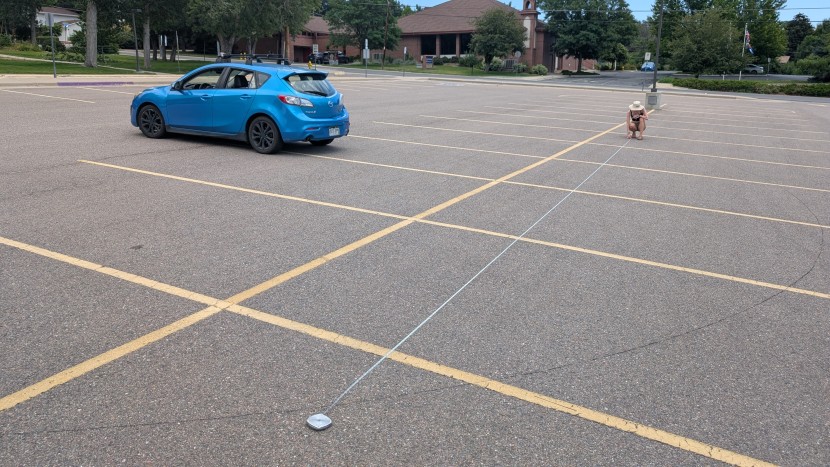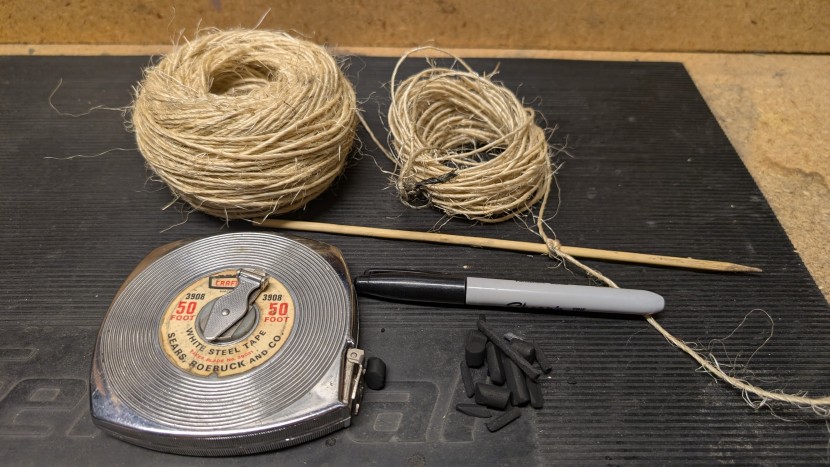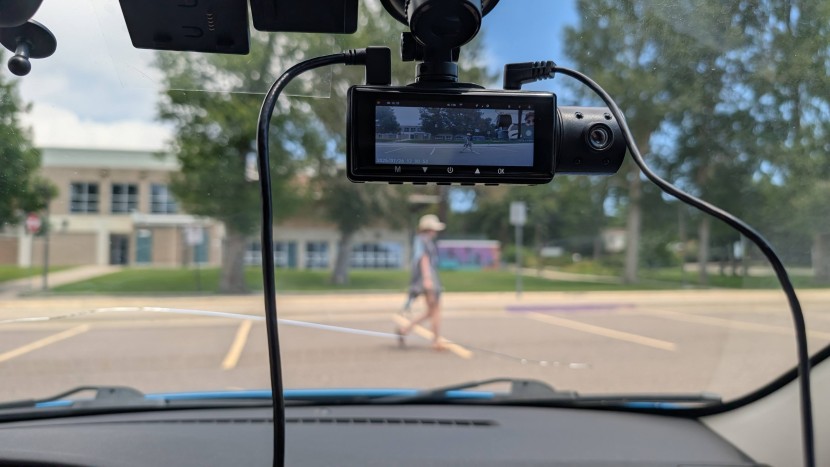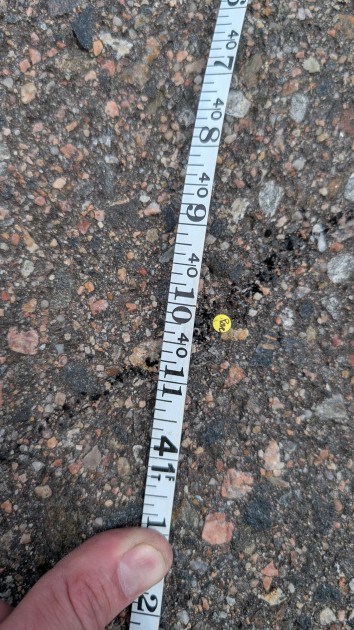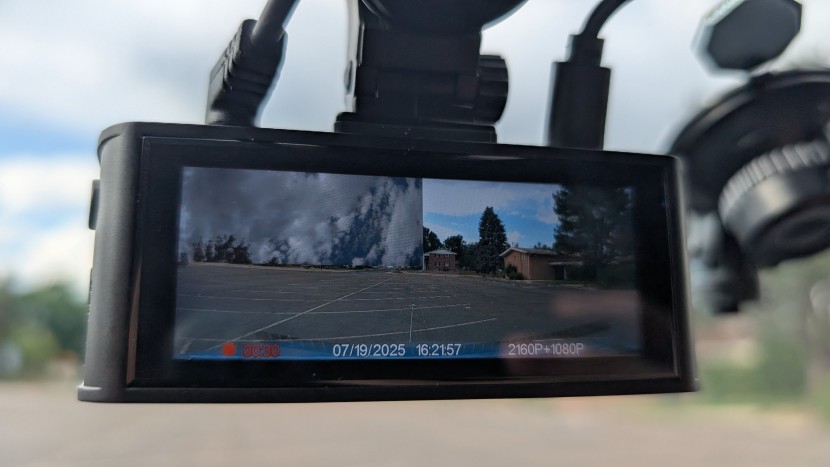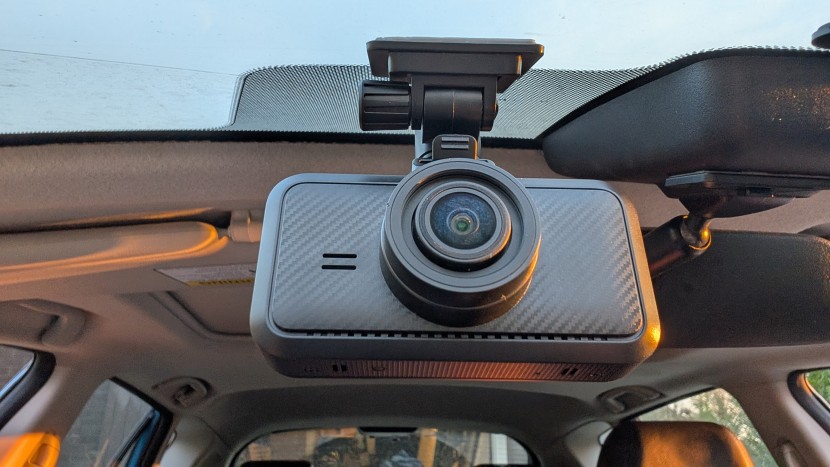Dash cams are increasingly complex products these days, some with intriguing features, and resolutions high enough to be legitimately useful. But what is important to evaluate? Can we rely on the units to capture what we need? Can manufacturers be trusted to deliver on their promises?
Video Quality
Assessing footage is something we've gotten very good at through reviewing drones, projectors, and security cameras. With dash cams, we set a standard 8-mile route that is driven with each camera, both day and night, and in different lighting conditions to give us an apples-to-apples comparison between models. Our route is created to traverse both urban and residential areas, highway and rural streets; we choose streets with plenty of signs, vehicles, and pedestrians in view.
Footage is then evaluated by assessing the clarity of license plates, street signs, clothing, and faces we passed, as well as vehicle details like make, model, and color. We separate out daytime and nighttime capture scores and base them on clarity of detail, resolution, readability, and recognizability seen in screenshots, glare interference, and color and lighting balance.
Video Coverage & Function
These days, dash camera resolutions don't hold a candle to most smartphones, but they're purpose-built machines. Wide-angle lenses, sensors optimized for full-time video recording, and modern features like GPS tracking are as important as pure resolution for capturing relevant footage.
We start by setting up a large test field to measure FoV (Field of View, essentially the full angle that a camera 'sees'). We draw out a 60-foot-diameter circle in an empty parking lot, and each camera's viewing angle is measured and recorded there. Then, we compare it with the manufacturer's advertised specs. We also evaluate and score any specifically called-out features and functions, sound on the recording, general reliability and performance of the units, and accuracy of manufacturer claims.
Ease of Use
The need to access and operate your dash camera will hopefully come up rarely, but when it does, you want to be sure you don't have a confusing, frustrating time adjusting settings or importing video footage. We download the app, time the setup, and make notes on the user experience and interface, as well as if an account is required, etc. We similarly evaluate the physical unit interface and finally test connections and the various methods for recovering footage.
Ease of Installation
Installing the units is another matter entirely. Not especially important for the long-term usability of the product, but important at the beginning, certainly. A frustrating, lengthy install process will taint one's evaluation and belief in the product, while a smooth one can do just the opposite. We time the setup of the main (front) unit and back camera, and the initial setup of settings through the physical unit. How easy and secure is the mounting method? How well does the wire-tucking tool work for hiding the power cable in the trim along your headboard? Do any specialty features need to be set up?

